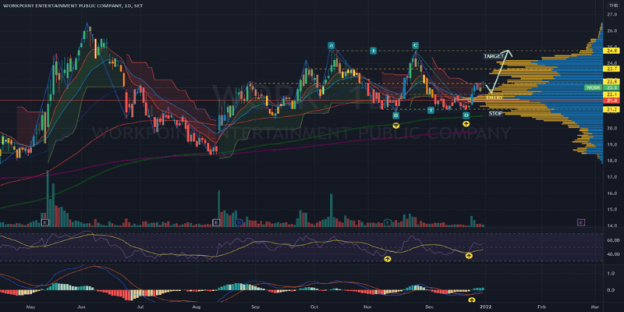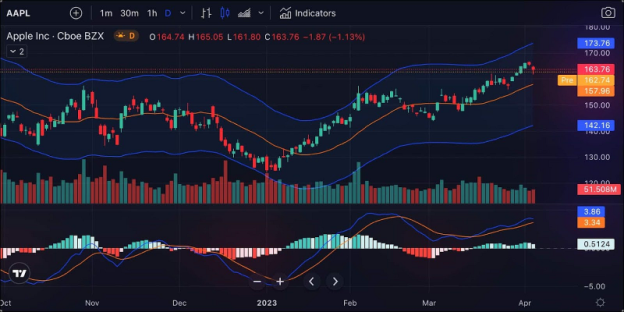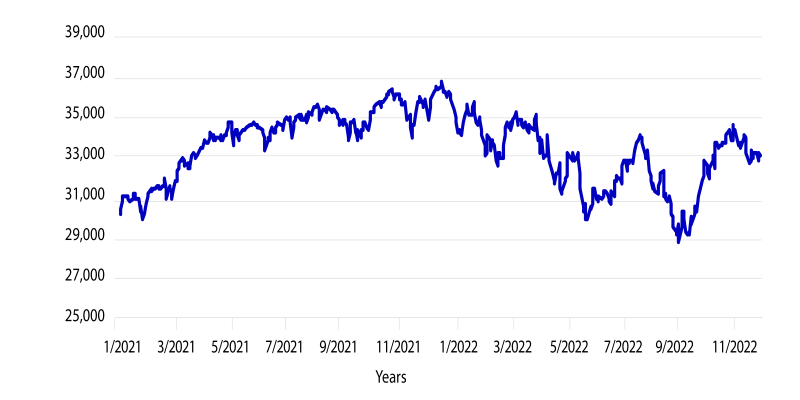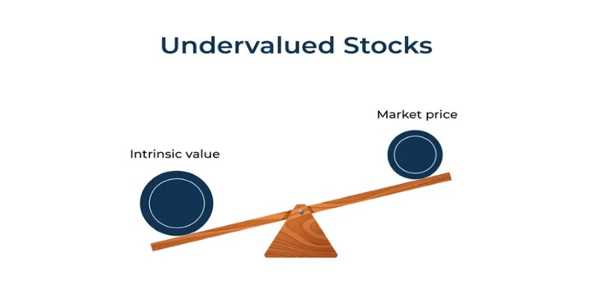- Stock Market
How To Use Stock Simulators For Practice
Have you ever considered investing in the stock market but felt intimidated about getting started? Or you've already opened a trading account, but you're not quite ready to risk your hard-earned money.
The good news? You don’t need to invest real money to start learning how to trade. You can use a stock simulator—a risk-free way to test your skills, explore different strategies, and build confidence.
But here's the thing: most people use stock simulators wrong. They treat them like video games instead of tools. In this article, we're breaking down how to use stock simulators for practice—the right way. We'll cover what they are, how they work, and how to maximise their learning potential.
What Is A Stock Simulator?
Let’s keep it simple.
A stock simulator is a virtual trading platform that mimics real market conditions. You get fake money (usually a big chunk, like $100,000), and you use it to buy and sell real stocks at real-time prices.
Think of it as a stock market sandbox. You can try anything—from buying Apple shares to shorting Tesla—without the risk of losing a single dollar.
Popular simulators include:
- Investopedia Simulator
- Thinkorswim PaperMoney by TD Ameritrade
- MarketWatch Virtual Stock Exchange
- TradingView’s Paper Trading
Most are free and easy to use. You sign up and start trading.
Why Use A Stock Simulator?
Here's the catch: stock simulators won't make you money, but they can save you money, especially if you're just getting started.
Here’s what you can get out of a simulator:
Understand How The Market Works
You'll learn how orders are placed, what it means when a stock “gaps,” or how the news impacts prices.
Test Strategies
Want to try swing trading or day trading? Want to see if long-term investing suits you more? Simulators give you the space to test without consequences.
Learn To Manage Risk
You'll see firsthand how fast you can lose money when a stock tanks—or how slowly gains can grow in a volatile market.
Get Comfortable With Platforms
You’ll get familiar with trading tools, charts, and indicators before you use them with real cash.
Step-By-Step: How To Practice With A Stock Simulator
So, how do you use one the right way? Here's a step-by-step approach that will teach you how to trade better.

Step 1: Set Realistic Starting Conditions
Most simulators hand you $100,000 in play money. That's great—but also not realistic. If you're planning to invest $1,000 in real life, set your simulator portfolio to that amount.
This helps you:
- Manage expectations
- Learn to trade in your real-life budget
- Avoid “overtrading” just because you can
If your future goal is to invest $10,000, start with that instead.
Step 2: Choose A Strategy To Test
Don’t just throw darts. Pick a strategy and stick to it for a while.
Some beginner-friendly strategies:
Buy And Hold
Choose stocks you believe in long-term, and watch how they move.
Dollar-Cost Averaging
Invest small amounts at regular intervals and observe how it balances out volatility.
Trend Following
Use fundamental indicators, such as moving averages, to track price momentum.
The goal isn’t to “win” or beat the market—it’s to learn what works and what doesn’t.
Step 3: Keep A Trade Journal
Every time you make a trade, write it down.
Here’s what to track:
- The stock name
- Buy or sell?
- Date and price
- Why did you make the trade (what was your thinking?)
- How it turned out
Over time, patterns will emerge. You'll be able to identify which decisions were emotional and which were based on solid analysis.
This step alone can level up your learning more than any textbook.
Step 4: Treat It Like Real Money
This is where most people go wrong. They YOLO trades because it’s not real cash.
But if you want to learn:
- Avoid gambling behaviour
- Think carefully before every trade
- Manage risk like it’s your paycheck on the line
For example, don't put 100% of your portfolio into a single stock, no matter how "sure" you feel. Would you do that with real money? Probably not.
Step 5: Review Your Progress Regularly
After a week or two of trading, take a look back.
Ask yourself:
- Which trades made sense in hindsight?
- Did your strategy work?
- What would you do differently?
This is where the learning happens.
Use tools like Excel or Google Sheets to track your performance over time. You might even graph your "equity curve" to visualise your progress.
What You Can—And Can’t—Learn From A Simulator
Simulators are great learning tools, but they’re not perfect. Here’s what they can teach you:
- How to use trading platforms
- How to read charts
- How to research stocks
- How to build a strategy
- How market news affects prices
- How to manage a portfolio
And here’s what they can’t fully simulate:
- Real emotional pressure
- Slippage and execution delays
- Commission and fee impact (some platforms ignore these)
- The pain of real financial loss
That's why, when you finally go live with real money, start small. Even $50 invested carefully can teach you more about your emotional reactions than $100K in a simulator.
Tips To Make The Most Of Your Stock Simulator Practice
Here are a few bonus tips to take your simulation experience to the next level:

Set Goal
Want to beat the S&P 500 return for the month? Great! Try to do it using a strategy, rather than relying on luck.
Test During Volatile Markets
That's when you'll learn what you're made of.
Join Communities
Many simulators let you compete with others or follow their trades. That can be a great motivator.
Don’t Rush
Give each strategy time. A week isn't enough. Stick with one approach for a whole month before switching to another.
Ready to Try It?
Stock simulators are one of the best tools new investors have at their disposal. They're free, flexible, and fast-paced enough to keep things interesting—but only if you use them with intention. Whether you want to eventually trade full-time or understand your 401(k) better, practising with a simulator can give you a significant edge.
Start small, track everything, and treat your practice time seriously. Who knows? A few months from now, you might be making more brilliant financial moves than most people with real money in the game.





